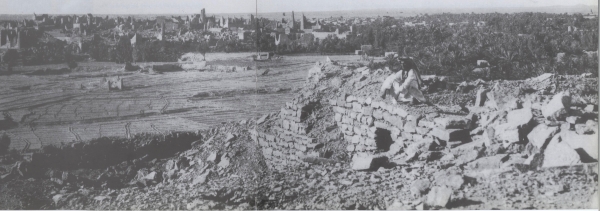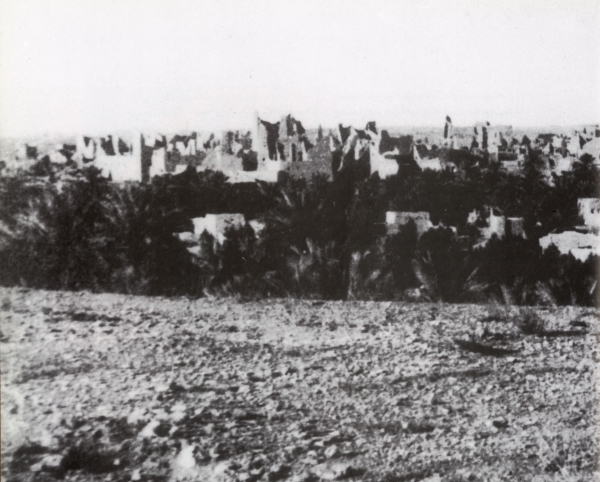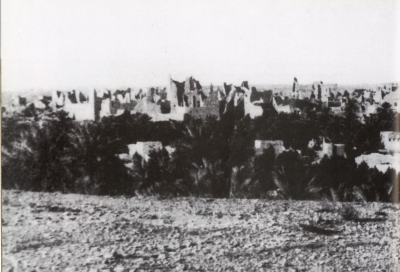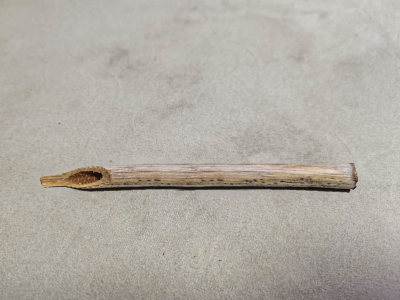


The markets in the First Saudi State were commercial markets that contributed to the development of the economic movement in the First Saudi State during its rule. Their names and forms varied according to the regions of the state.
Objectives of the markets in the First Saudi State
The First Saudi State was able to achieve geographic and political expansion, which in turn contributed to the diversification of sources of income and the wealth of the population. This was reflected in several aspects, including the spread of commercial markets in Najd, Hejaz, al-Ahsa, Aseer, and Hail. The markets served as a place where people met to fulfill their needs and requirements, attend scholarly lectures, as well as engage in buying, selling, and general commercial activities.
Types of markets in the First Saudi State
The markets in the First Saudi State took several forms, including: markets with a wide-open space, usually located in the center of the town next to the mosque or palace, with shops lined along the sides. There was also space for the goods of the shoppers and for the resting of their camels, which came to the market either as a means of transport or to be sold. Another type of market was the one with goods displayed on mats laid on the ground, where products and other items were offered for sale.
Markets of Najd in the First Saudi State
The markets in Najd during the First Saudi State varied. Some were permanent markets throughout the year, containing types of goods mostly dominated by local products, along with goods brought from abroad via trade caravans. These markets were held at specific times, starting after the Fajr prayer and continuing until sunset. Among their goods were dates, grains, clothing, livestock, and others.
There were also temporary markets that were held for one or several days, known by the names of the days (Thursday market, Saturday market, Tuesday market, etc.). These markets featured goods from both within the countries and from abroad, and they attracted many people. The buying and selling activity in these markets was more active due to their mobility from one location to another.
Some markets in Najd were called 'al-Jammamil' because their goods were transported by camels. One of these was the 'Jammamil of the Aqaylat caravans.' The owners of the camels (the traders) would agree with the sellers and brokers, known as 'al-Rahilah,' to sell goods in various towns. After the goods were sold, the trader would receive the proceeds and give the broker their fee.
Prices in the markets of Najd would rise and fall according to market movement, the number of visitors, as well as supply and demand.
The markets of Najd during the First Saudi State were built using materials derived from the local environment, such as mud, bricks, stones, and plaster, and were roofed with palm fronds.
Markets of Diriyah in the First Saudi State
Diriyah, the capital of the First Saudi State, hosted a market called 'Al-Mawsim.' Its shops were located on both sides of Wadi Hanifa, between the al-Turaif District on the western side and the al-Bujairi District on the eastern side. In the local dialect, 'al-Mawsim' refers to the place of buying and selling, not the temporary markets held during specific seasons
The choice of the location for the 'al-Mawsim' market in the middle of Wadi Hanifa was aimed at making it easily accessible from various parts of the capital (Diriyah), neighboring towns, caravans, and the Bedouins who visited to shop, in addition to selling their livestock such as camels and sheep, as well as offering products like ghee and others.
Al-Mawsim market was divided into two sections: one for women and the other for men. It also included a variety of goods, such as jewelry made of gold and silver, weapons like swords, daggers, and rifles, different types of fabrics and clothing. Additionally, camels, sheep, livestock, and Arabian horses were displayed. Ibn Bashir describes it by saying: 'I once looked at the market from a high place... I saw the men's market on one side and the women's market on the other, with all the gold, silver, weapons, camels, and sheep, and the large number of transactions of buying, selling, giving, and taking...'
Al-Mawsim market was open throughout the week, with a higher activity on Friday, as Bedouins and people from neighboring villages would come to perform the Friday prayer, in addition to marketing their products and fulfilling their needs.
Import and export in al-Mawsim market
Al-Mawsim market imported its goods from India and the eastern part of the Arabian Peninsula, such as luxurious fabrics and pearls. From Basra and Baghdad, it imported spears, fabrics, and weapons, and from Yemen, it imported coffee. The market exported camels, sheep, wool, and ostrich feathers to Hijaz, and dates of all kinds to Yemen.
Scholarly assemblies in al-Mawsim market
Imam Saud Bin Abdulaziz designated a daily scholarly assembly in the al-Mawsim market, attended by his sons, brothers, the people of Diriyah, and the market visitors. The assembly would hold around three main lessons, the first of which was held at sunrise. People typically listened to the lessons in the winter at the western shops, and in the summer at the eastern shops. The lesson would begin with Imam Saud sitting at the head of the assembly.
Temporary shops in al-Mawsim market
The demand for shops in al-Mawsim market increased during the era of the First Saudi State, prompting traders to set up temporary shops made of reeds in the form of small stores, which their owners could easily move from place to place. The rental of shops in 'al-Mawsim' was of two types: daily rental shops and monthly rental shops. The demand for them rose, with the rent for a prime shop reaching about forty-five riyals per month, while the rent for other shops ranged from one riyal to half a riyal per day. The rent would rise during the arrival of clothing caravans, reaching about four riyals per day. Due to the high rents, small traders in 'al-Mawsim' market resorted to building temporary huts resembling shops to display their goods.
Southern markets of the First Saudi State
Aseer region in the south of the First Saudi State included several markets, including the 'Ibn Madhan' market, known as the 'Tuesday Market.' It was a central gathering point for the people of the region and a meeting place for artisans, textile makers, and manufacturers. Among the goods sold in the market were various types of livestock, ghee, weapons such as rifles and daggers, grains like barley, lentils, and wheat, aromatic herbs, as well as fruits and vegetables.
Northern Markets of the First Saudi State
The markets of Hail were located to the north of the First Saudi State in a large open area on the outskirts of the city. They included small shops divided according to the goods sold, such as: shops for fruits and vegetables, shops for dates and grains grown in Hail or imported, shops for selling animals, shops for crafts and artisans such as water carriers, shoemakers, and blacksmiths, as well as shops for tailors to sew men's cloaks and women's abayas.
Markets of the western region of the First Saudi State
The markets spread across the cities of the Hejaz in the western part of the First Saudi State, specifically in Makkah al-Mukarramah, al-Madinah al-Munawwarah, Jeddah, and Taif. They were similar in design, with adjacent shops, side cafés, and stalls selling food
Jeddah served as a major hub for unloading goods and sending them via trade caravans. Among the goods found in Jeddah's markets were honey, coffee, fish, fruits, vegetables, imported tamarind, cakes, sweets, grains, decorative utensils, cooking pots, clothes and shoes, carpets, perfumes, and more.
Markets of the eastern region of the First Saudi State
Al-Ahsa, in the eastern part of the First Saudi State, paid great attention to its markets, considering them a center for the transit of goods coming from the Gulf to the central region of the Saudi State. These markets were not only places for trade but also served as venues for social gatherings, auctions, poetry recitations, and sports activities. Among its markets was Souq al-Hofuf, which was held every Tuesday, Souq al-Mubarraz, held every Monday, and Souq al-Qaysaria (al-Qayseri), which was another important market.
The markets of al-Ahsa were divided into several types of shops, such as those dedicated to high-value goods like gold, silver, weapons, and fabrics, shops for imported goods like pearls, spices, and fish, workshops for craftsmen like blacksmiths and carpenters, shops for household items, and shops for livestock, horses, and camels.
Related quizzes

